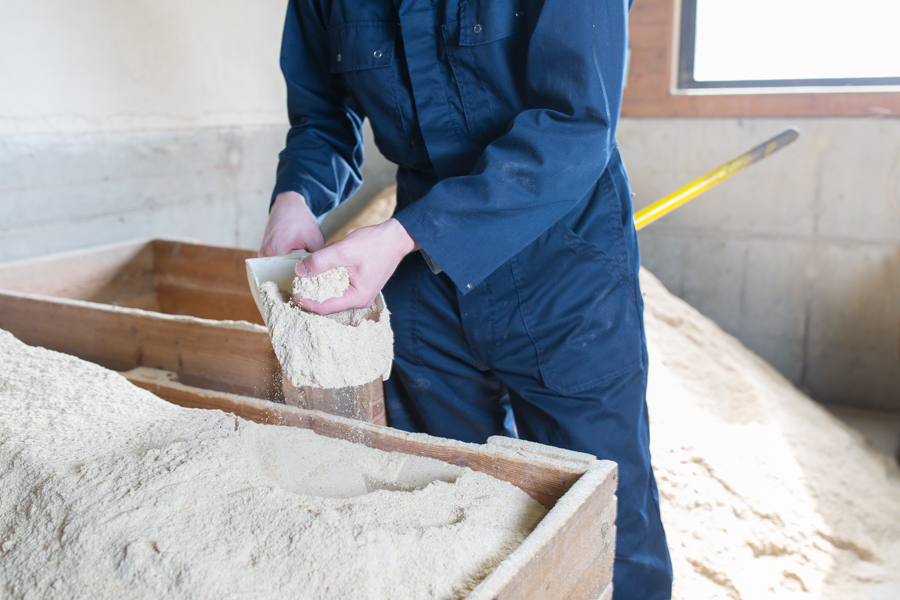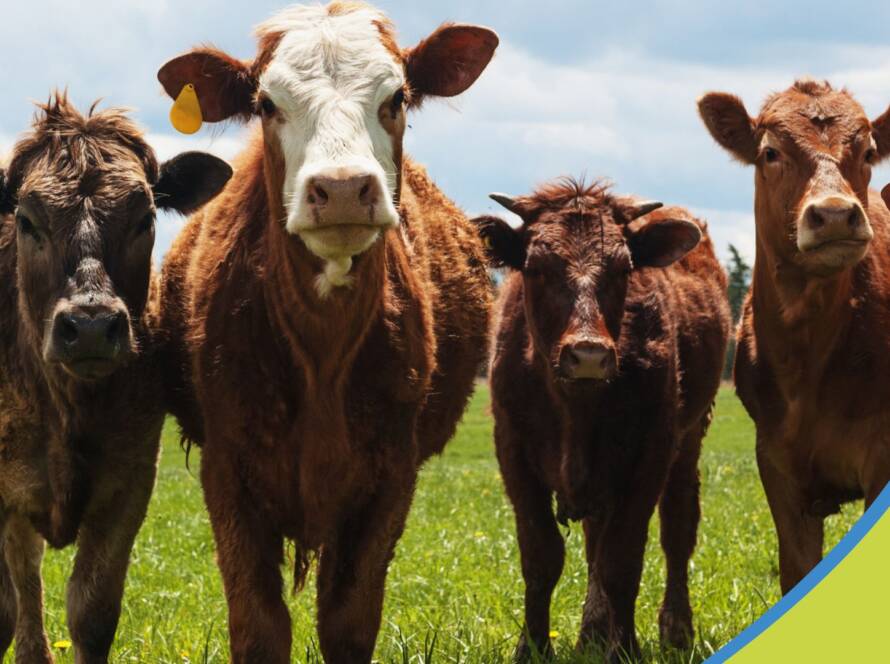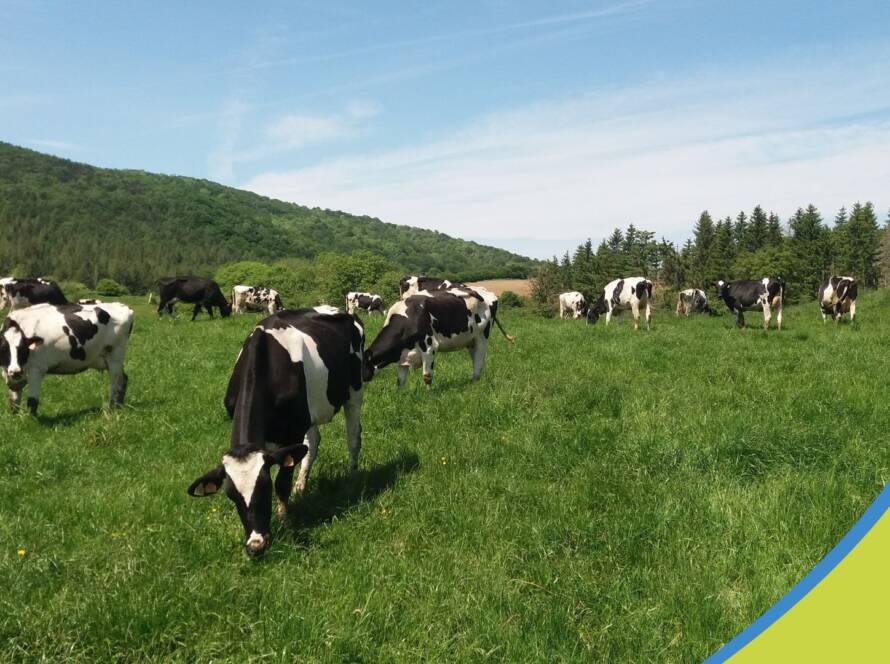Nitrogen-reduced feeding is already a commonly applied in pig fattening. New developments in animal nutrition and feeding techniques make it possible to further reduce the protein content of feed rations – without compromising animal performance.
Requirement-ased Feeding is Key
Feeding tailored to actual needs of the animals offers numerous advantages. It enables the targeted selection and optimized use of feed components – especially expensive protein sources – in relation to the desired fattening and slaughter results. At the same time, such a feeding strategy has a positive effect on the animals’ metabolism and contributes significantly to their health and welfare.
In addition, protein-reduced rations precisely tailored to amino acid requirements lead to a lower use of protein feed. This not only improves air quality in animal units but also reduces nitrogen excretion and thus lowers ammonia emissions. For this reason, nitrogen-reduced feeding is financially supported in the Agri-environmental program ÖPUL This approach is therefore beneficial for animal welfare, the environment, and the farmer.
Focus on amino acids instead of crude protein
A mere look at the crude protein content of a ration is not sufficient to meet the nutritional needs of pigs. Instead, the targeted management of individual amino acids and their relationship to one another needs to be considered. In addition to the most relevant amino acids such as lysine, methionine, cystine, threonine, and tryptophan, valine and isoleucine have come into focus in highly nitrogen-reduced rations. For a tailored supply, it is therefore advisable to seek professional advice and to use tailored mineral and supplementary feeds.
Know feed components and regularly analyze them
In order to precisely adjust rations to every detail – i.e., down to the amino acid level – the nutrient content of the feed used must be known. Therefore, regular testing of the feed is essential. This includes farm-grown feed, such as grain and corn. Furthermore dry matter content of moist feed components need to be checked regularly.
Phase feeding for protein reduction
Multi-phase feeding represents a sensible strategy for reducing protein. By designing a two- or multi-stage ration, protein and amino acid levels can be gradually adjusted according to the animals’ performance requirements – without any loss of performance. This can be achieved either by manually changing rations depending on weight or by automated multi-phase feeding, in which the feed is continuously adjusted by a computer program.
Performance monitoring as a safeguard
Those who use already highly nitrogen-reduced rations and aim for further reduction should proceed gradually – always accompanied by thorough observation of animal performance parameters such as feed conversion, daily gain, and fattening time. Regular evaluation of slaughter data (e.g. lean meat percentage, fat and meat measurements) is also essential. Agricultural advisory services, for example from the Chamber of Agriculture, offer valuable assistance, particularly for slaughter data analysis and ration calculation.
Conclusion: A nitrogen-reduced diet with a focus on amino acids is technically and practically feasible. It offers numerous benefits for animal health, the environment and profits. It should be implemented with professional support and consistent monitoring of animal performance.




